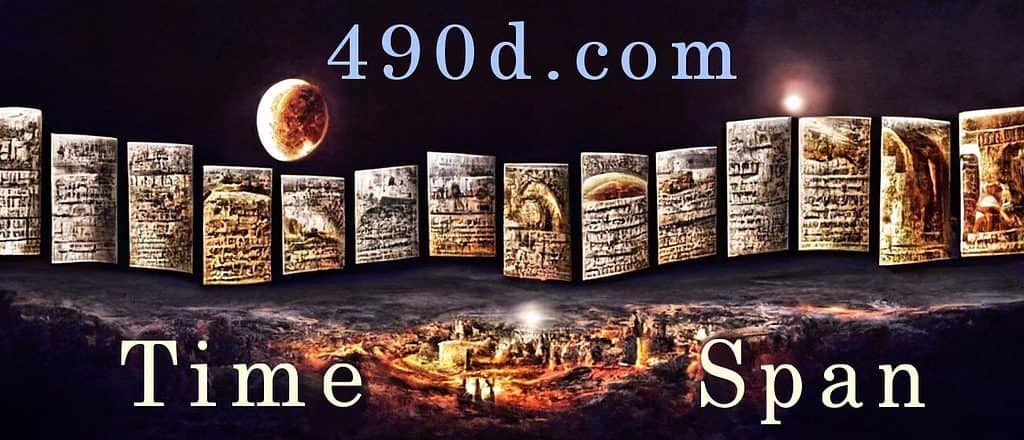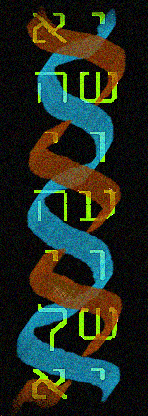This is a footnote from the article:
TimeSpan 1: Christ died 30 jubilees after Israel entered Promised Land
To answer the question, “What day and year did Jesus die?” it is helpful to compare it to the events of the Exodus and the Conquest of Canaan. “Passion week” is from Palm Sunday to Resurrection Sunday.
Israel crossed the Jordan into the Promised Land on Nisan 10th, as recorded in Joshua 4:19. Also, on Nisan 10th, 30 jubilees later, Jesus rode into Jerusalem on a donkey and was proclaimed “the King of Israel” in John 12:13. Israel ate the Land’s produce four days later on Passover. A day or two after, “the manna ceased” (Nisan 16/17), as recorded in Joshua 5:10-12.
Similarly, Jesus died on Nisan on 14/15 and rose on 16/17. (The Gospel of John uses a different calendar than the other Gospels, which is why both Nisan 14/15, etc., are used in the Gospels.)
Furthermore, the seven days that terrified Jericho “was shut up inside their walls” before they fell correspond to the seven days that the frightened Apostles were “shut up” in their house. But Jesus “went straight in” – through the wall on the 1st and 7th day – as recorded in Joshua 6 and John 20, in AD 33. A Passover crucifixion date on a Friday means that Christ died either AD 30 or, more likely, AD 33.
Both dates are prophetically meaningful, and the ambiguity is intentional.
Back to TimeSpan 1: Christ died 30 jubilees after Israel entered Promised Land

